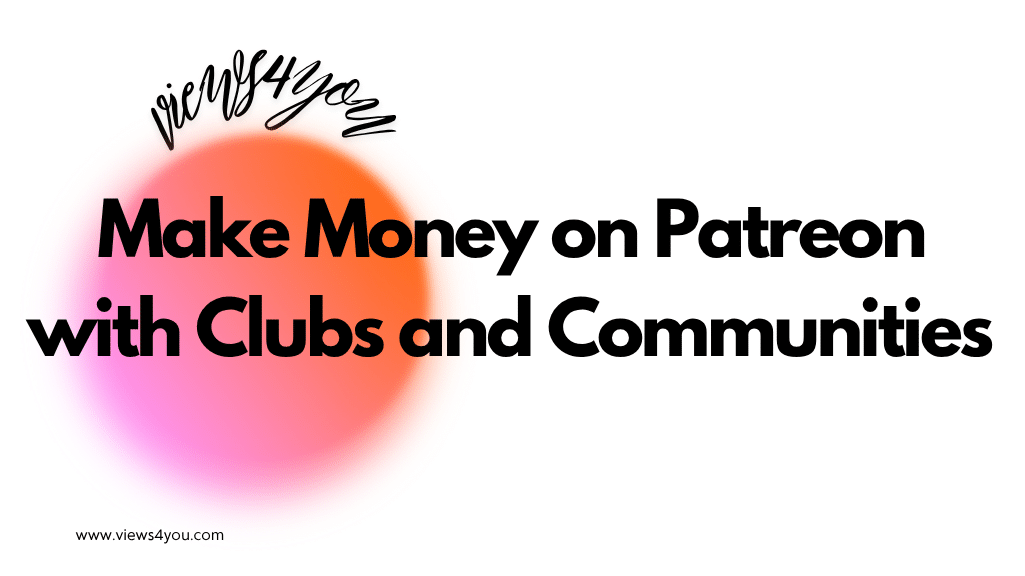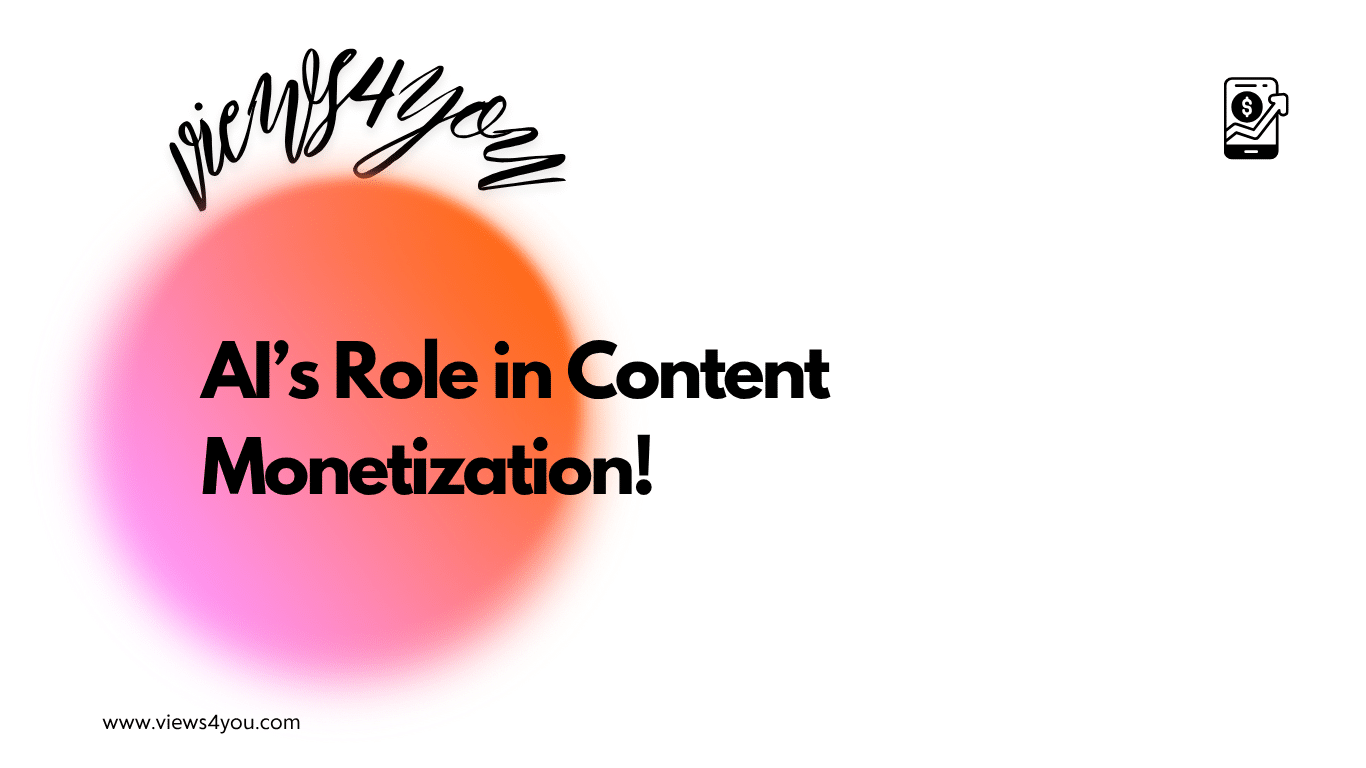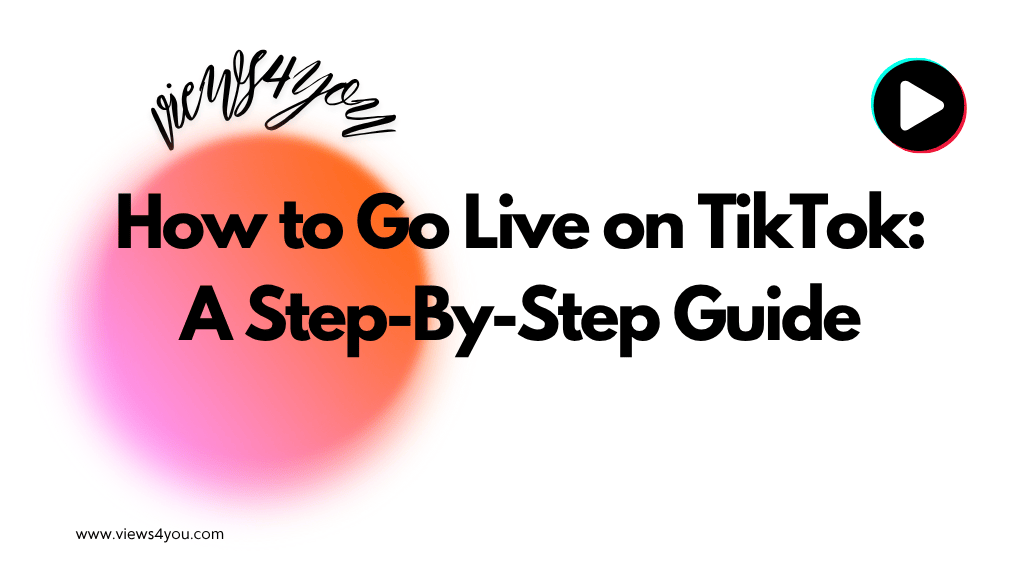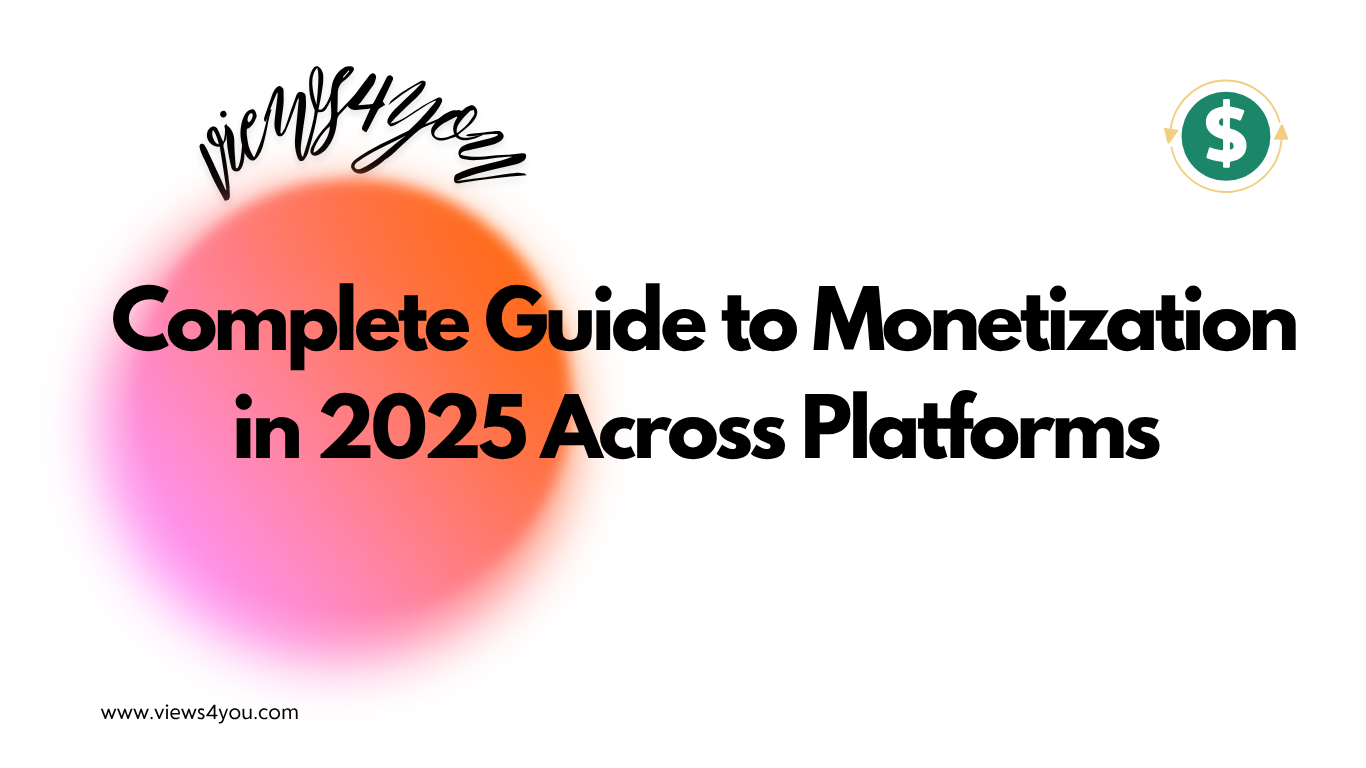Influencers can monetize beyond ads by creating multiple revenue streams such as affiliate marketing, subscriptions, digital products, events, and merchandise. These methods build deeper audience trust, generate recurring income, and reduce reliance on algorithms or brand sponsorships, helping creators turn their influence into a sustainable business.
I often get asked how influencers make money without relying on endless sponsored posts or ads. It’s a fair question, especially if you’ve noticed the volatility of ad revenue across platforms. One month, income looks stable, and the next it feels like someone pulled the plug. If you’re looking to build a sustainable career as a creator, you can’t rely on the whims of algorithms or brands alone. You need multiple revenue streams that not only protect your income but also deepen your relationship with your audience.
Let me walk you through the practical, often overlooked paths to monetization on social media that go far beyond ads.
The Shift From Ads to Authentic Monetization
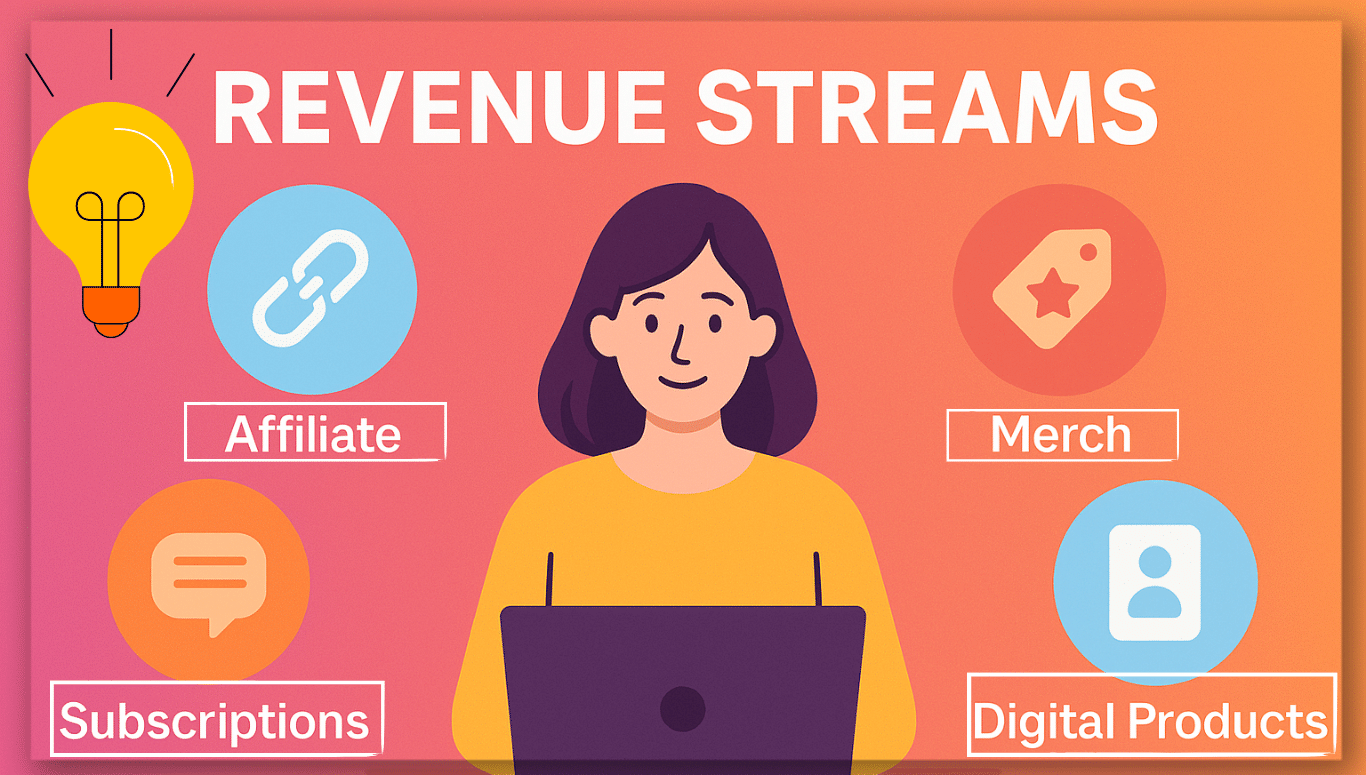
Social media platforms have matured, and so has audience behavior. A few years ago, a sponsored post might have been enough to keep your account profitable. Today, audiences scroll past polished ads faster than you can say “paid partnership.” People crave real, useful, and engaging content. That shift has changed the rules of the game.
If you think about it, ads are the least personal way to monetize. They put a middleman, the brand, between you and your audience. When you flip the model and create direct revenue channels, you cut out that middleman and build a stronger bond with your followers. The question is no longer “Who can pay me for access to my audience?” but “How can I serve my audience so well they’re willing to pay me directly?”
That’s where more authentic, diversified monetization methods come into play.
Subscriptions and Paid Communities for Stable Income
Affiliate marketing builds trust, but subscriptions build commitment. When your audience chooses to pay monthly for exclusive content, they’re telling you that your work has lasting value in their lives. Platforms like Patreon, YouTube Memberships, or even Instagram Subscriptions make it possible to create a tiered experience where fans get deeper access.
You don’t have to overcomplicate it. Exclusive live streams, behind-the-scenes updates, or early access to content can be enough to keep people subscribed. The trick is consistency. If you promise extra value, you need to deliver it reliably.
Subscriptions also create stability. Unlike one-time campaigns, a subscription model gives you recurring revenue you can plan around. That kind of financial predictability is what transforms a hobby into a business.
And here’s the subtle bonus for you, subscribers feel like insiders. That loyalty translates into stronger word-of-mouth, more engagement on your public posts, and ultimately a healthier brand.
Affiliate Marketing and the Power of Social Commerce
One of the first stepping stones beyond ads is affiliate marketing. Instead of waiting for brands to approach you, you choose products that genuinely fit your niche and recommend them to your audience. The key here is authenticity. If you rave about a product you wouldn’t buy yourself, your audience will know. On the other hand, if you share something that’s part of your daily life, people lean in.
Social platforms now make this easier than ever. Instagram Shops, TikTok Shop, and Pinterest integrations allow you to tag products directly in your posts or videos. Your followers can click, buy, and you earn. That frictionless path from content to checkout is what makes social commerce powerful. Think of it as creating convenience for your audience while also creating revenue for yourself.
The beauty of affiliate income is scalability. A single post might generate sales for months if it’s evergreen. And unlike ads that stop paying once the campaign ends, affiliate links keep rewarding you as long as people continue to trust your recommendation.
Digital Products, Courses, and the Authority Effect
Once you’ve nurtured trust and loyalty, digital products are the natural next step. An audience that follows you for tips, insights, or inspiration is primed to pay for resources that help them achieve results. E-books, guides, templates, and courses allow you to monetize knowledge in a scalable way.
For instance, if you’re in fitness, you could create a structured workout program. If you’re in business, you might design a template that helps entrepreneurs plan their goals. Digital products don’t just bring revenue, they also cement your authority. When someone buys your course or guide, they see you not just as a creator but as an expert.
What I like about digital products is the balance between effort and reward. Yes, they require upfront work. But once created, they generate revenue again and again without demanding constant reinvention. They’re assets, not one-off campaigns.
Events, Live Streams, and Real-Time Engagement
There’s something uniquely powerful about interacting with your audience in real time. Live streaming on platforms like Instagram, TikTok, or YouTube allows you to monetize through features like badges, gifts, or SuperChats. The immediacy creates excitement, and people are often more willing to spend when they feel part of a live moment.
But you can take this further. Hosting webinars, paid workshops, or in-person events turns your influence into an experience. Think of it as stepping out of the digital frame and into your followers’ real lives. When they get to interact with you directly, the value goes up quickly.
Events don’t just make money; they deepen trust. The person who attends your workshop is much more likely to later buy your digital products or subscribe to your community. Each revenue stream feeds the next when you design them with connection in mind.
Merchandise and Licensing as Extensions of Your Brand
At some point, your audience may want more than just your content. They may want a piece of your brand. That’s where merchandise comes in. T-shirts, mugs, notebooks, whatever fits your niche, become physical extensions of your influence.
The trick isn’t just slapping your logo on a hoodie. It’s creating merchandise that represents the lifestyle or mindset your content embodies. If your content inspires motivation, design items that feel like daily reminders of that motivation. If your content is about humor, create products that make people laugh.
Licensing is another angle. If your content, photography, or designs can be licensed to brands or media outlets, you generate passive revenue without lifting a finger. Your creative work becomes an asset that keeps working for you long after it’s published.
Becoming a Business: From Influencer to Entrepreneur
All of these revenue streams point toward a bigger idea: building a personal brand that stands on its own. At some stage, you stop being just a content creator and start being a business owner. That might mean launching your own product line, starting a consultancy, or expanding into new industries.
The advantage here is independence. When you own your products, your brand, and your revenue channels, you’re no longer at the mercy of algorithms or brand budgets. You create stability on your own terms.
It’s not about abandoning ads altogether; they can still play a role, but they become just one slice of a much larger pie. The real power is in designing a business that serves your audience while giving you long-term security.
Embracing Future Trends in Influencer Monetization
Looking ahead, you can’t ignore the technologies reshaping monetization. Web3 tools, NFTs, and blockchain platforms promise decentralized ownership and new ways for fans to support creators directly. AI is opening doors to hyper-personalized content that can be monetized in innovative ways.
You don’t need to jump into every trend right away. But keeping an eye on these shifts ensures you stay ahead of the curve. Audiences are becoming more comfortable with digital ownership and alternative payment models. If you’re prepared, you can ride that wave instead of scrambling to catch up.
FAQs
Can I succeed as an influencer without ever running ads?
Yes, you can. Ads can supplement your income, but affiliate marketing, subscriptions, digital products, and events can easily replace or even surpass ad revenue when done strategically.
What’s the most beginner-friendly way to monetize without ads?
Affiliate marketing is usually the easiest entry point. You don’t need to create new products, just recommend items you genuinely use and love.
How do I know if my audience will pay for subscriptions or products?
Start small. Test with a low-priced digital product or a single paid live stream. If people respond, you know you can scale into larger offerings like courses or memberships.
Is merchandise still effective, or is it oversaturated?
Merch works when it reflects your community’s identity. Oversaturation only happens when influencers launch generic items. Unique, meaningful designs still perform well.
Do I need a huge following to diversify revenue streams?
No. In fact, smaller, more engaged audiences often convert better. Monetization depends more on trust and relevance than sheer follower count.




